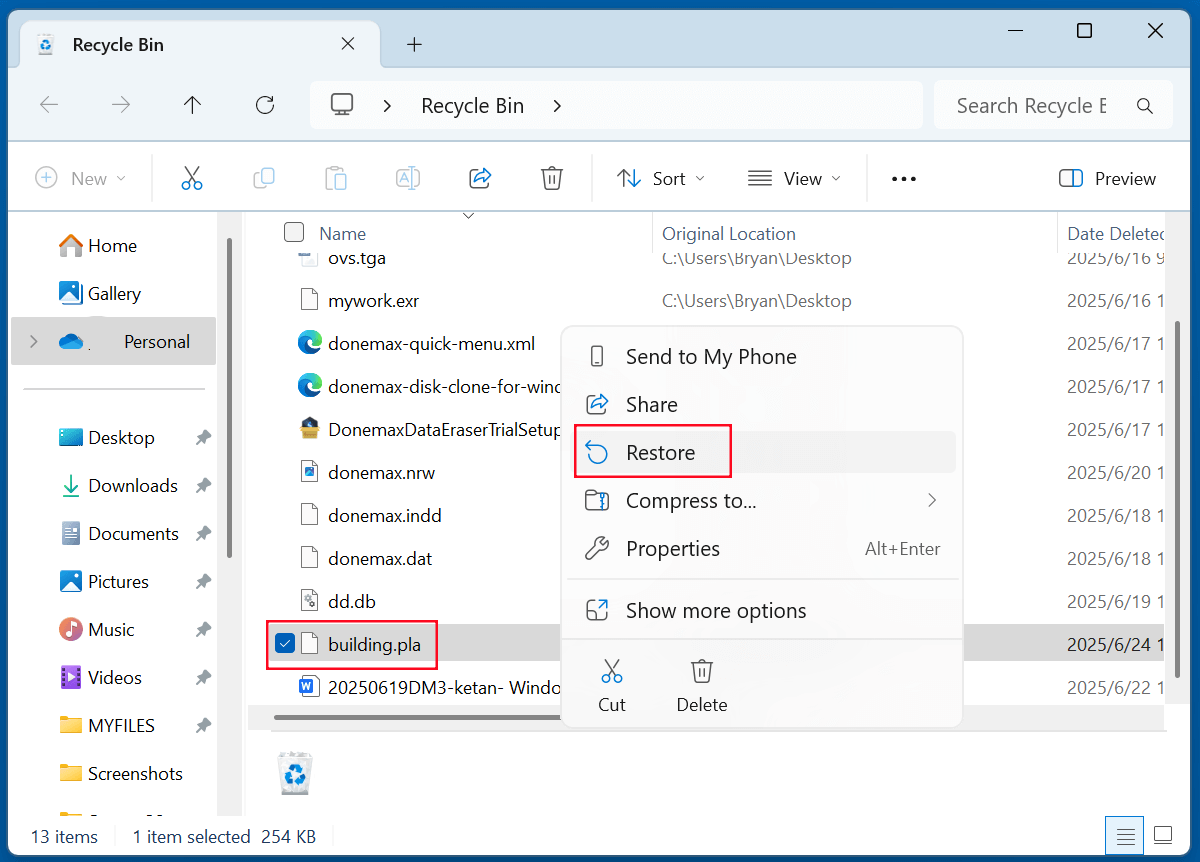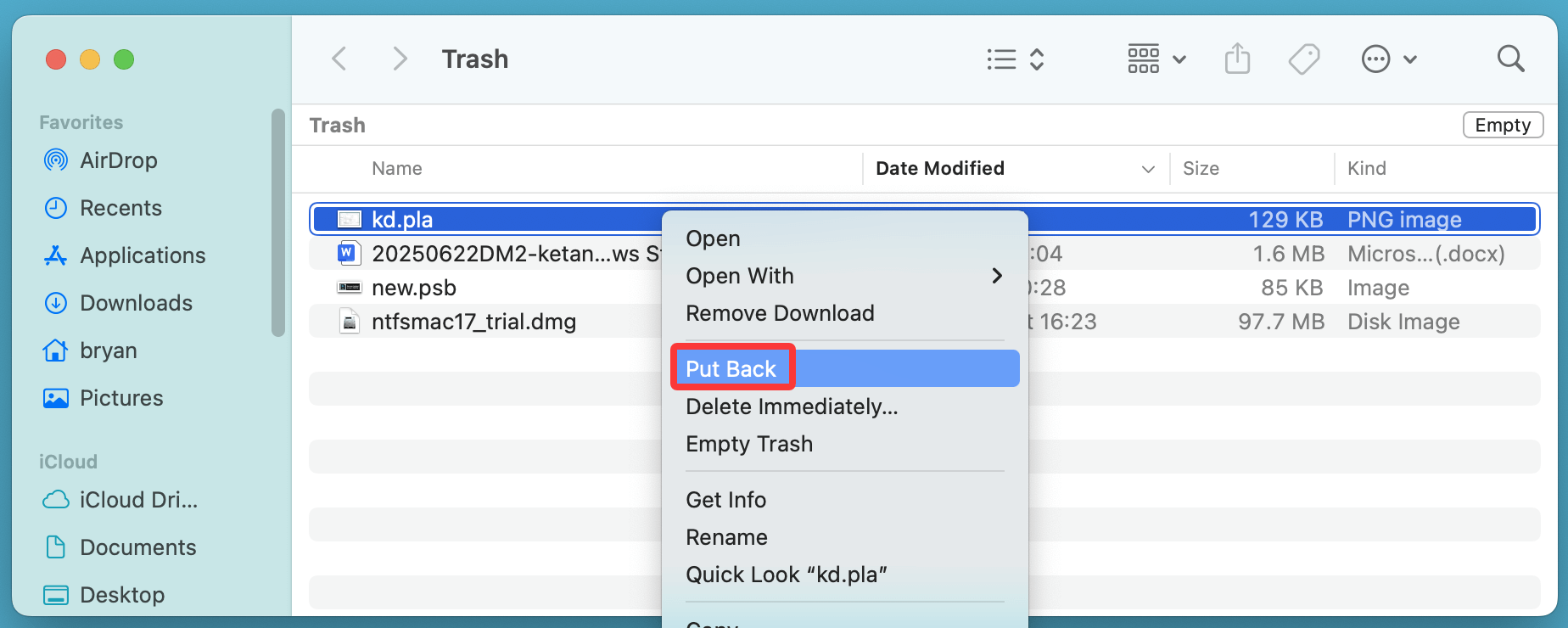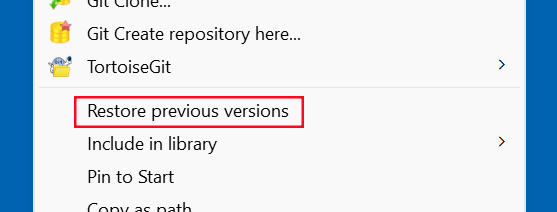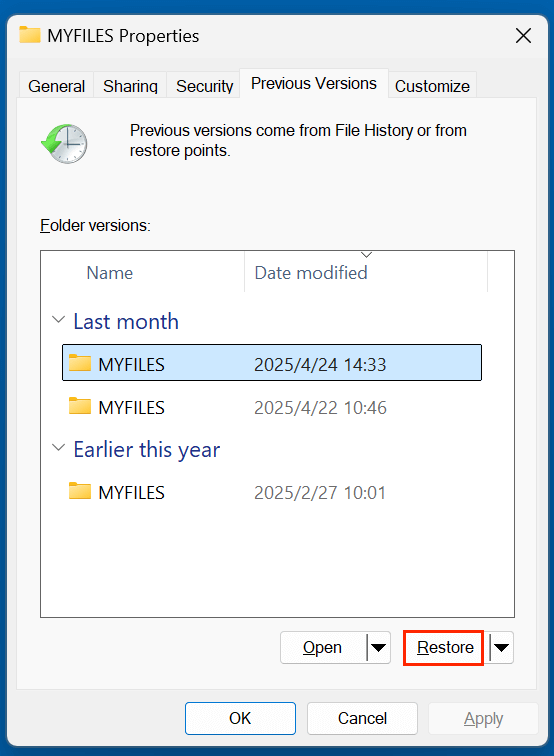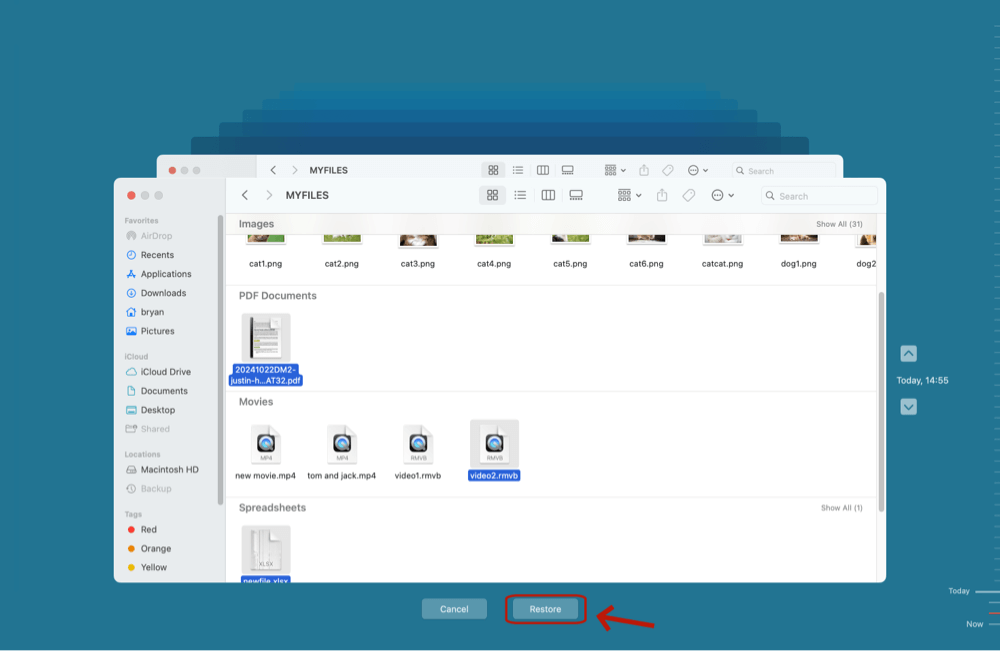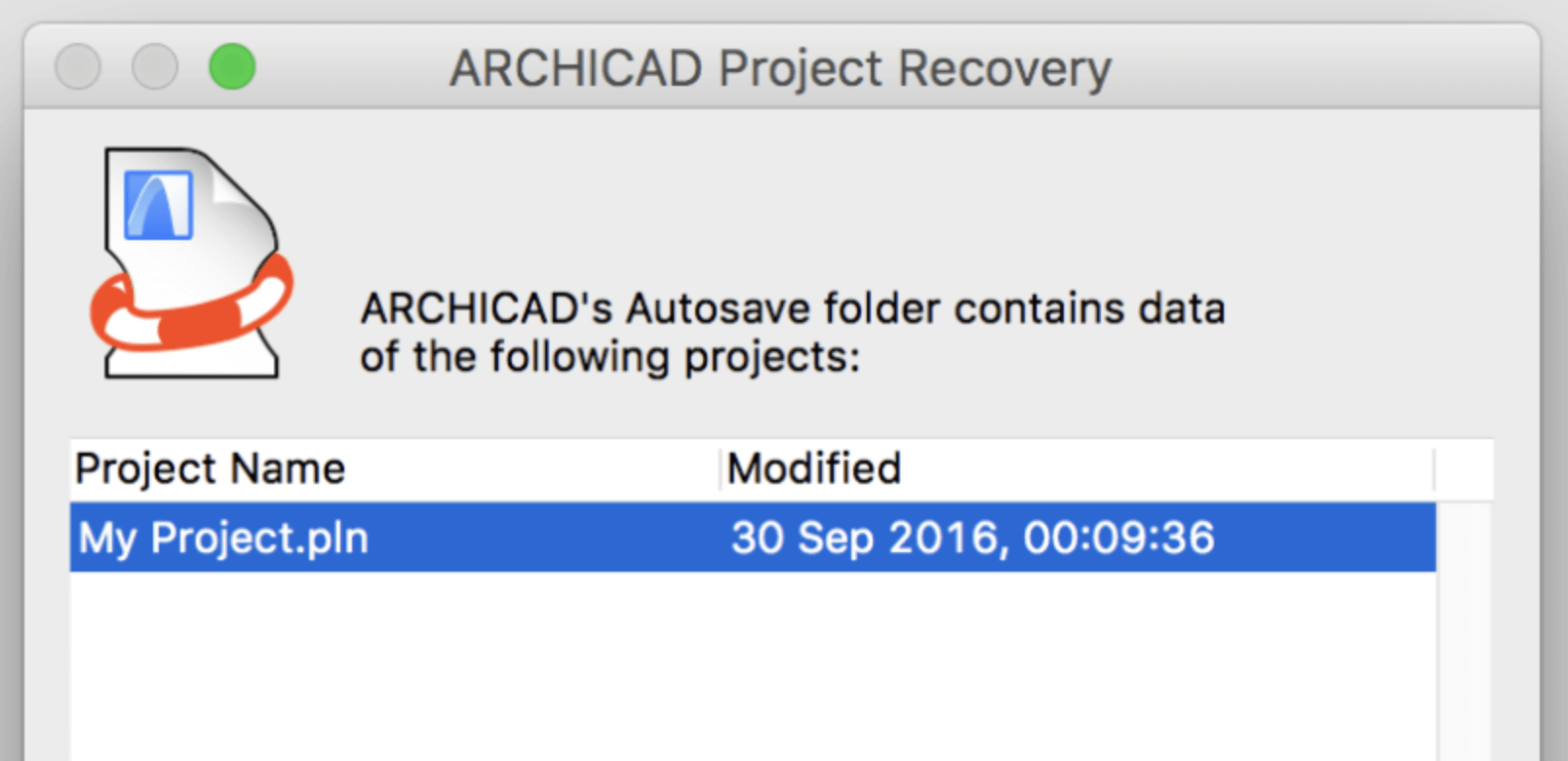Before we start: Actually, the deleted PLA file is not lost for good. With right data recovery software, you can easily recover deleted PLA file. Donemax Data Recovery is such a recovery tool that can easily recover permanently deleted PLA file and recover lost PLA file from a formatted drive. You can try it.
PAGE CONTENT:
Losing important project files can be frustrating, especially when working with complex file types like PLA. Whether you're an architect, designer, or CAD professional, a missing PLA file could mean hours of lost work. But don't panic - this guide will explain what PLA files are and walk you through various effective methods to recover them.

What is a PLA File?
▪️ Definition and Format
PLA stands for Project Layout Archive or Project Library Archive, and it is commonly used in Graphisoft ArchiCAD, a leading architectural BIM CAD software. A PLA file is essentially a compressed project archive that stores all components of a project in a single file, including model data, objects, libraries, textures, and external references.
These files typically carry the .pla extension and are invaluable for sharing complete project data or creating project backups that are independent of external linked content.
▪️ Associated Software
While PLA files are most commonly associated with ArchiCAD, other CAD or 3D modeling tools may also support the format, albeit in less common contexts. However, the overwhelming majority of PLA files are tied to Graphisoft's ecosystem.
▪️ Use Cases
- Archiving full architectural projects for long-term storage
- Sharing projects with collaborators without losing library dependencies
- Submitting finalized models for presentation or review
- Creating snapshots of project milestones
Common Causes of PLA File Loss or Deletion
It's easier than you might think to lose a PLA file. Here are some common reasons:
- Accidental Deletion: You or someone else might have deleted the file unknowingly.
- Drive Formatting: You formatted the disk or external drive where the PLA file was stored.
- Software Crash: ArchiCAD crashed unexpectedly and corrupted or deleted the file.
- Virus or Malware: Malicious programs can corrupt or delete project archives.
- Hardware Failure: A failing hard drive or USB stick can render files inaccessible.
- Interrupted Transfer: Moving the PLA file from one device to another was interrupted or failed.
Can You Recover a Deleted PLA File?
In most cases, yes. When a file is deleted, it isn't immediately removed from your storage device. Instead, the space it occupied is marked as available, and the data remains intact until it's overwritten. If you act quickly and use the right tools, you have a good chance of restoring your deleted PLA file.
However, the recovery success depends on several factors:
- How recently the file was deleted
- Whether the storage device has been used after deletion
- The method of deletion (Recycle Bin, Shift + Delete, formatted drive, etc.)
Top 5 Methods to Recover Deleted PLA Files
Method 1. Recover Deleted PLA File from Recycle Bin or Trash
Often, files deleted via the Delete key or context menu still reside in the Recycle Bin (Windows) or Trash (macOS).
Steps (Windows):
- Double-click the Recycle Bin on your desktop.
- Type .pla in the search bar to filter only PLA files.
- If found, right-click the file and choose Restore.
![recover deleted PLA file]()
- The file will return to its original folder.
Steps (macOS):
- Click on the Trash icon in the Dock.
- Search for .pla files.
- If located, drag the file out to your desktop or right-click > Put Back.
![recover deleted PLA file]()
Limitations:
- Doesn't help if you used Shift + Delete on Windows.
- Files may be auto-removed from Trash after a certain time (usually 30 days).
Method 2. Restore Lost PLA Files from Backup or File History
If you had enabled File History (Windows) or Time Machine (macOS), recovering PLA files becomes easy.
Windows File History
- Navigate to the folder where your PLA file was saved.
- Right-click the folder > Restore previous versions.
![recover deleted PLA file]()
- Choose a version and click Restore.
![recover deleted PLA file]()
macOS Time Machine
- Attach the drive for your time machine.
- Locate and open the folder containing the PLA file.
- To go through earlier iterations, use Time Machine.
- Select the file and click Restore.
![recover deleted PLA file]()
Pros
- 100% safe and reliable.
- Maintains file integrity and version history.
Cons
- Only works if the feature was set up before data loss.
- May not include files saved outside monitored directories.
Method 3. Use Data Recovery Software to Recover Deleted PLA Files
When files are no longer in the Recycle Bin or backed up, recovery software becomes essential. These tools scan your drive for fragments of deleted data and let you preview and restore recoverable files.
Donemax Data Recovery is a ideal tool for recovering deleted or lost PLA files. It is 100% and easy to use.
Step 1. Download and install Donemax Data Recovery on your computer. It can be installed on Windows PCs and Macs.
Step 2. Open Donemax Data Recovery. Choose the drive from where the PLA file was deleted.
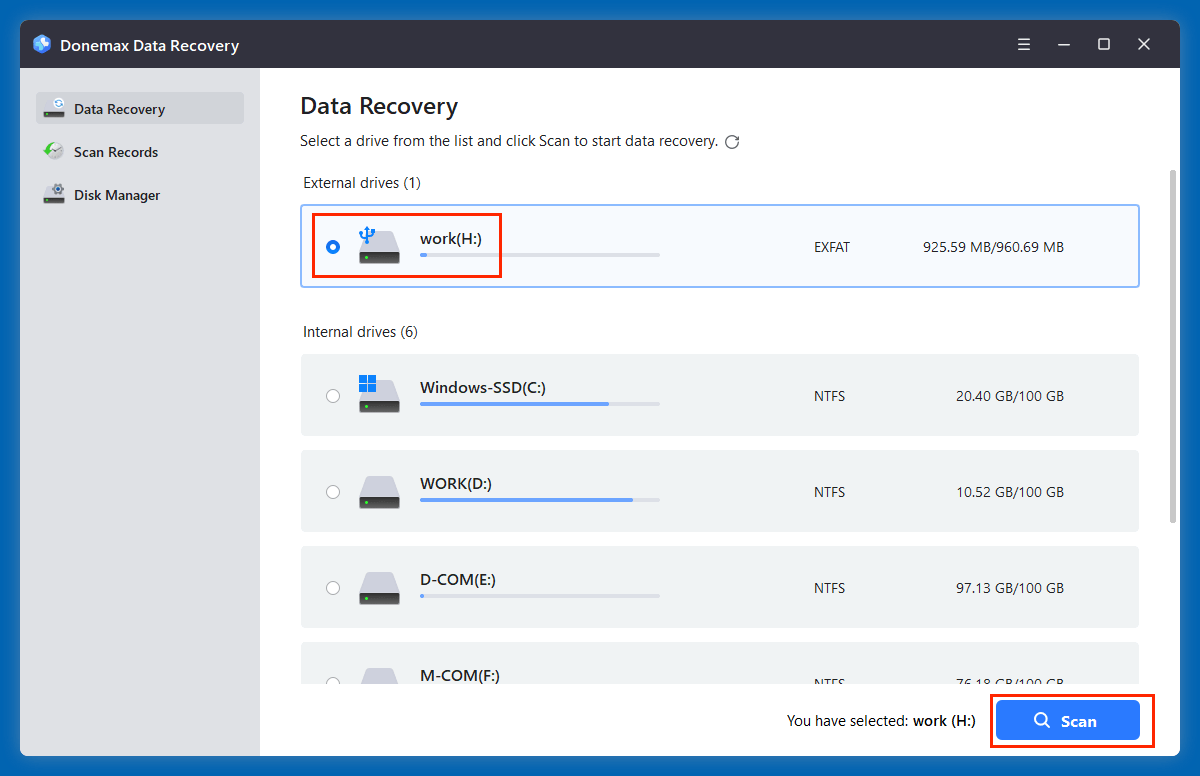
Step 3. Click on Scan button. This recovery software will deeply scan the selected drive and find all recoverable files including the lost PLA files.
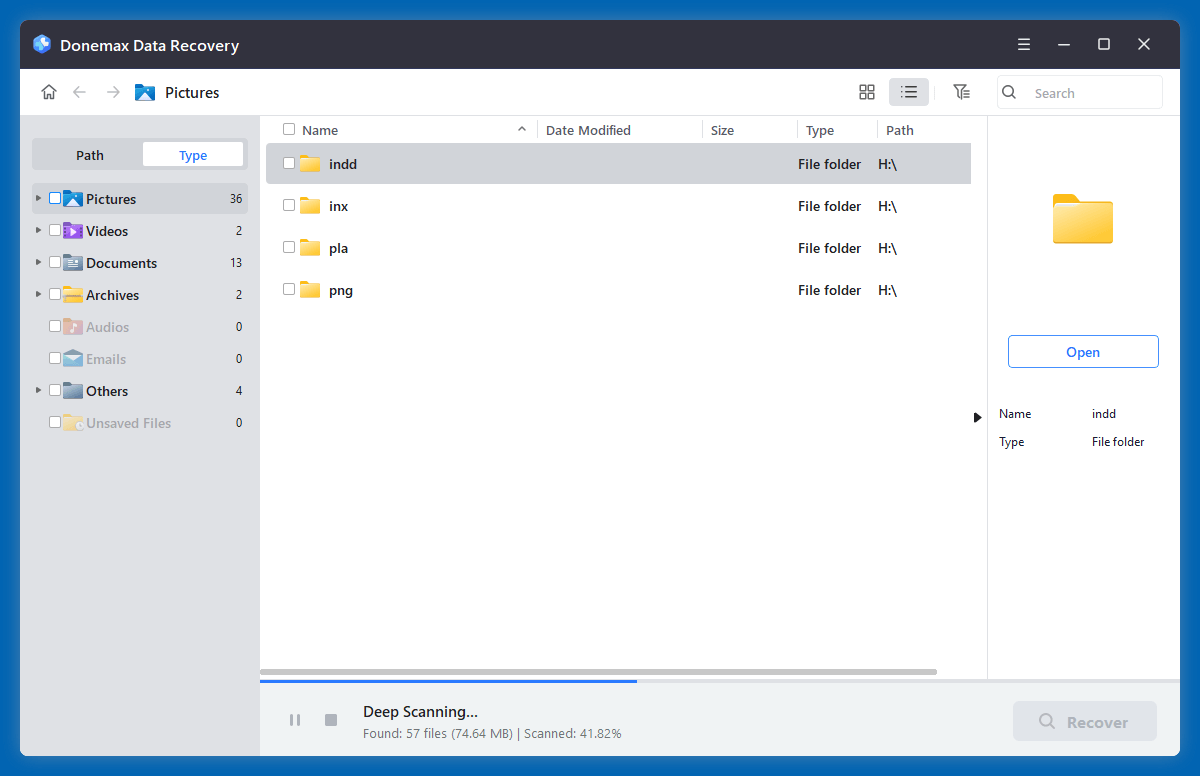
Step 4. Use the search bar or filter to find .pla files. Before recovery, you can preview any file. Then select the wanted PLA file (s), click on Recover button to save them.
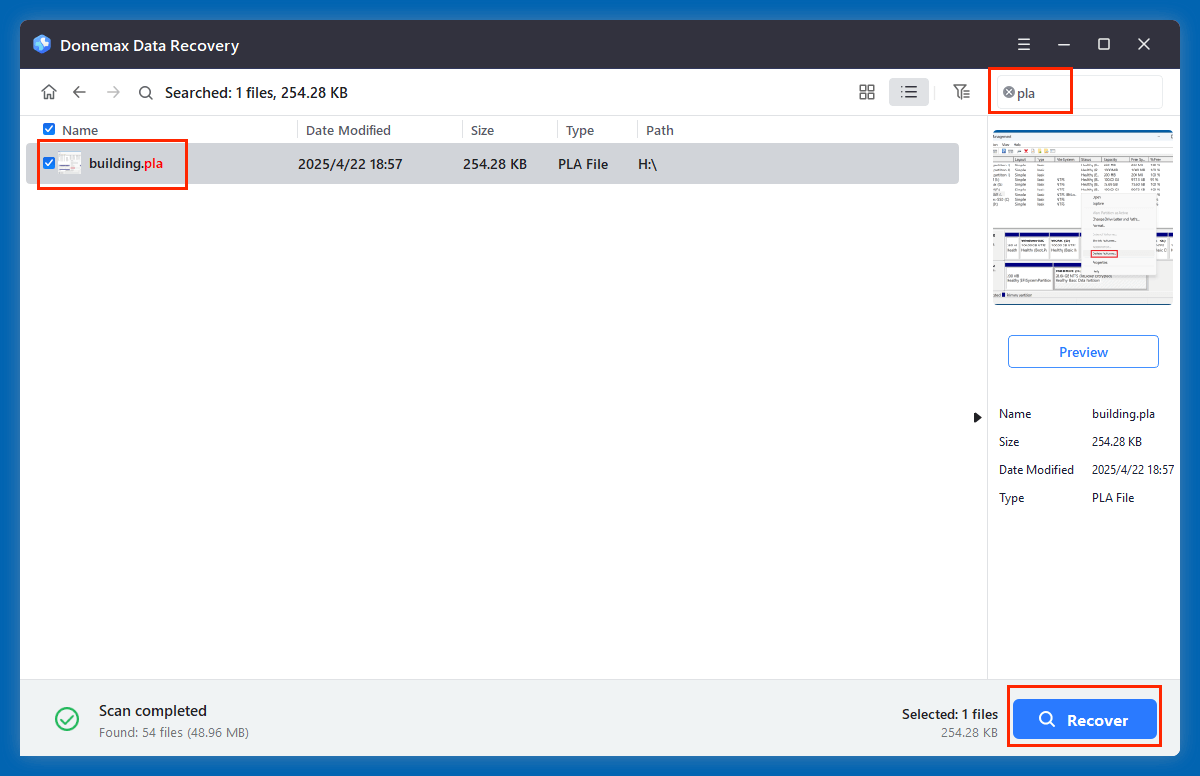
💡 Tip: Always save the recovered file to a different drive to avoid overwriting other lost data.
Method 4. Recover Lost PLA File from ArchiCAD Auto-Save or Temp Files
If you are using ArchiCAD, it includes a safety net via auto-save and recovery files.
Location of Auto-Save Files
On Windows:
C:\Users\<YourUsername>\GRAPHISOFT\ArchiCAD Autosave\
On macOS:
~/Library/Application Support/GRAPHISOFT/ArchiCAD Autosave/
Steps to Restore:
- Open ArchiCAD.
- If an autosave is detected, ArchiCAD will prompt you with the recovery window.
![recover deleted PLA file]()
- Choose Recover Project when prompted.
- Save the recovered project as a new PLA file.
If ArchiCAD doesn't prompt you:
- Manually navigate to the Autosave folder.
- Copy the relevant recovery file and try opening it in ArchiCAD.
Pros
- Great for recovering unsaved or crash-affected projects.
- Automatically enabled by default in most ArchiCAD installs.
Cons
- Recovery files may be deleted after successfully saving the project.
- May not exist if you disabled autosave or closed the program improperly.
Method 5. Recover PLA Files from Cloud Backup (Google Drive, OneDrive, Dropbox)
If you use cloud storage, check the platform's "Trash” or "Version History" feature.
Google Drive:
- Go to Trash > Restore file.
- Or right-click file > Manage versions > Restore older version.
Dropbox:
- Go to Deleted Files in the sidebar.
- Select your file and click Restore.
OneDrive:
- Select Recycle Bin in the left panel.
- Locate and restore the PLA file.
Tips to Improve Your PLA File Recovery Success Rate
If you realize you've lost a PLA file, act immediately. Follow these tips to maximize recovery chances:
- Stop Using the Drive: Do not save new files to the affected drive to avoid overwriting deleted data.
- Avoid Installing Recovery Tools on Same Drive: Use a secondary disk or USB for recovery software.
- Perform Recovery ASAP: The longer you wait, the higher the chance of data being permanently lost.
- Use Preview Feature: Many recovery tools let you preview recoverable files - use it to avoid wasting time.
How to Prevent PLA File Loss in the Future?
Recovery is useful, but prevention is even better. Use the following practices to protect your PLA files:
1. Enable Autosave and Backup
- In ArchiCAD, go to Options > Work Environment > Data Safety.
- Enable Autosave and set a short autosave interval (e.g., 5 minutes).
2. Use Cloud Storage
Save PLA files to cloud services like Dropbox, Google Drive, or OneDrive. Cloud storage typically includes file versioning and trash recovery features.
3. Use Antivirus Software
Viruses and malware are notorious for corrupting project files. Keep your system protected with reliable antivirus tools.
4. Backup Regularly
Maintain both local and cloud backups of all important project data. Consider using backup software for automated daily backups.
When to Seek Professional Help for PLA File Recovery?
If your PLA file is highly valuable and all other methods fail, it's time to turn to professional data recovery services.
Indicators That You Need Professional Help:
- The drive is making clicking or grinding noises.
- The drive is physically damaged or not recognized by the computer.
- DIY recovery tools show no results.
Top Recovery Services (Globally):
- DriveSavers
- Ontrack
- SalvageData
- Stellar Data Recovery Service
These services are not free and may cost anywhere from $100 to over $1,000 depending on the complexity of the case and urgency. However, they often have high recovery success rates for critical data.
Conclusion
PLA files are essential project archives, especially for users of ArchiCAD and other 3D modeling tools. Losing them can be stressful, but recovery is often possible with the right approach and tools.
If you've lost a PLA file, check the Recycle Bin, try restoring from a backup, or use reliable recovery software. Always act fast and avoid using the affected drive until recovery is complete.
And most importantly - protect yourself in the future with regular backups, cloud storage, and autosave features. These small habits can save you from significant losses down the road.


Donemax Data Recovery
One of the best data recovery programs to recover deleted, formatted or lost data from PC, Mac, HDD, SSD, USB drive, SD card, camera, RAID, Sever or other storage devices.
Related Articles
- May 15, 2025GPT Partition Recovery: A Comprehensive Guide
- Feb 13, 2025How to Recover Lost Data from SD Card on Windows 11/10/8/7, etc?
- May 10, 2025How to Recover Lost Data from Sabrent Rocket External SSD?
- Jul 15, 2025Recover Deleted CAR File on Windows or macOS – Complete Guide
- Nov 04, 2025Recover Deleted or Unsaved Notepad File
- Feb 11, 2025How to Recover Deleted or Lost FLAC Audio Files? [3 Methods]

Charles
Charles, who lives in Sydney, Australia, is an editor & writer of Donemax Team. He is good at writing articles related with Apple Mac computers, Windows operating systems, data recovery, data erasure, disk clone and data backup, etc. He loves reading and playing tennis in his spare time and is interested in testing new digital devices such as mobile phones, Macs, HDDs, SSDs, digital cameras, etc.

Gerhard Chou
In order to effectively solve the problems for our customers, every article and troubleshooting solution published on our website has been strictly tested and practiced. Our editors love researching and using computers and testing software, and are willing to help computer users with their problems
